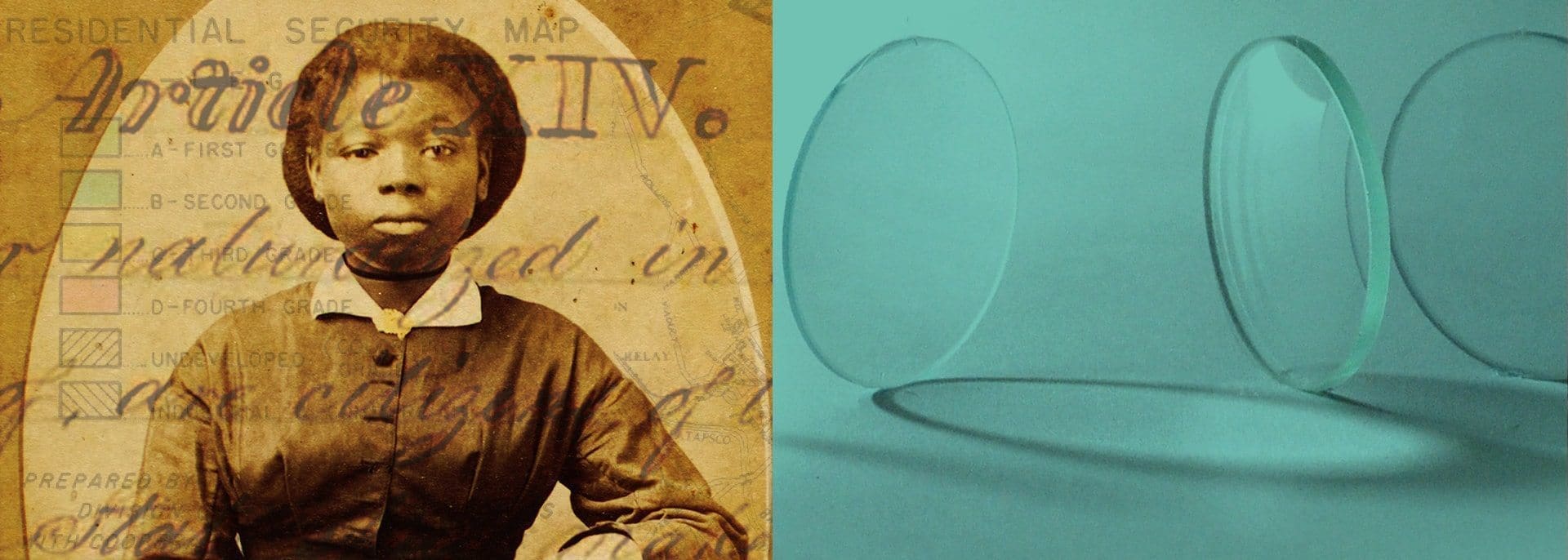◄ Back to main feature, “Through a New Lens”
 Vesla Weaver
Vesla Weaver
Bloomberg Distinguished Associate Professor
History and Sociology
Q: What has led to the disproportionate number of incarcerated African-Americans in the United States?
In analyzing how the U.S. came to operate the most expansive criminal justice enterprise in the world, I’ve found that it owes its beginnings to the conflict over race. Rather than a genuine response to crime, the origins of the punitive turn in crime policy can be traced back to a campaign by defeated policymakers, who turned the crime issue into political currency to make an end-run around civil rights. First, they mobilized around crime and violence after suffering serious defeats in civil rights, arguing that crime legislation would be a panacea to protest and ‘crime in the streets’ after building an indelible connection between black activism and crime. Second, this episode resulted in a set of policy changes that speeded the development of the carceral state.
The policy shift expanded police departments, spent billions on new prisons, promoted a burst of state policy changes and criminal code reform, and stimulated the formation of a powerful criminal justice lobby. Not only did this reform effort double the prison population in the first few years, it made a deep imprint on the later functioning, limits and possibilities of the carceral state.
This moment has continued to impact crime policy to the present, though the racialized connection would shift from being a causal argument and rhetorical device to being a tangible outcome once the effects of these policies manifested themselves.
Weaver is the author of Arresting Citizenship: The Democratic Consequences of American Crime Control.


 Vesla Weaver
Vesla Weaver